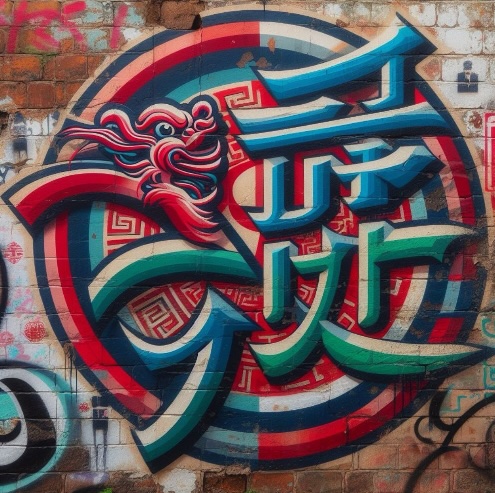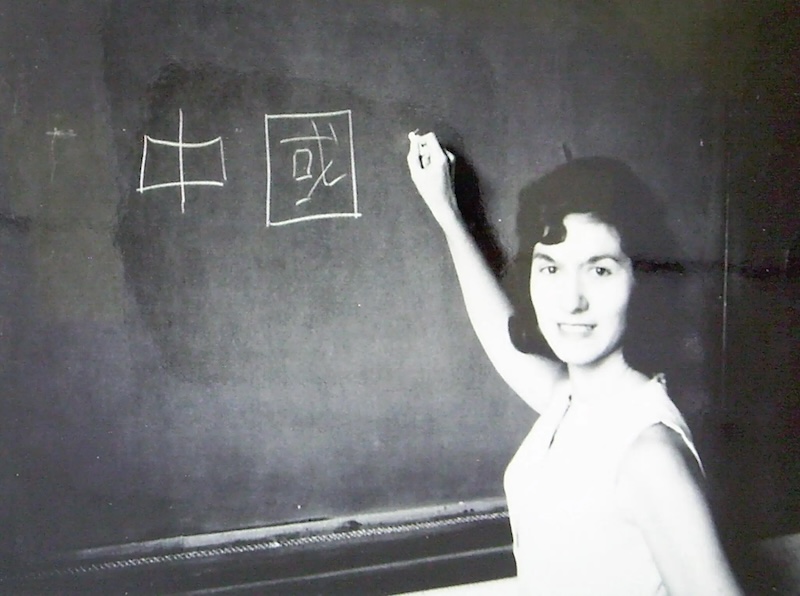Exercising the brain: handwriting vs. typing
Elegant writing by hand has always been a trial for me. The harder I try to make my handwriting presentable, the more it turns out looking like chicken scratches. I'll never forget how my second grade teacher, Mrs. Kiefer, was in despair over my poor penmanship, almost to the point of crying. "Vicky," she would say, "you are such a good student in all other respects, why can't you write better?" It's the same way with my brother Denis. Watching him write, and seeing the product as it emerges on the page, it is obvious that forming letters on the page is a kind of suffering for him. And yet, both Denis and I prefer to compose whatever we really care about on paper — be it a poem, an essay, or just random thoughts.
I'm a super fast typist, and I can spew out things on a computer screen almost as fast as I normally talk. It's easy as abc. When I do so, however, I'm not thinking, I'm just gurgitating.
Read the rest of this entry »




